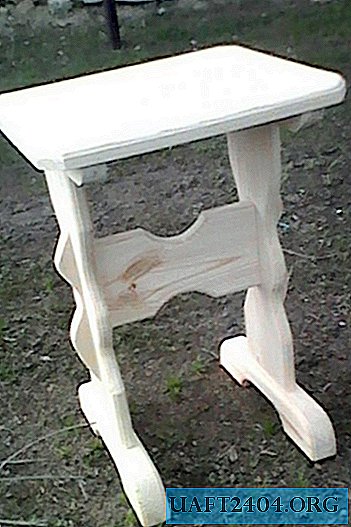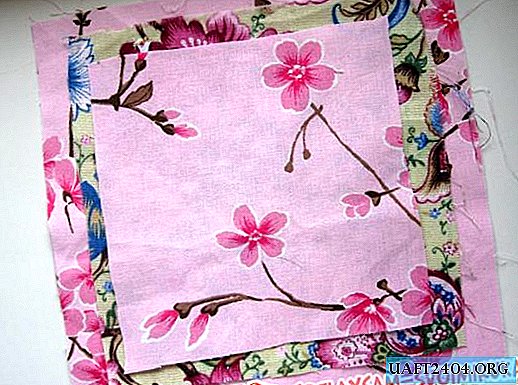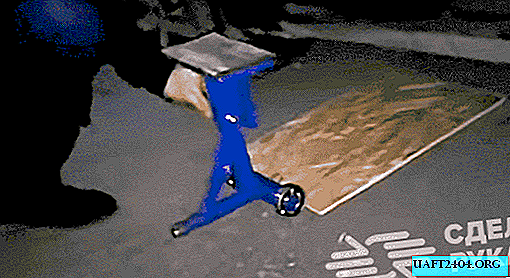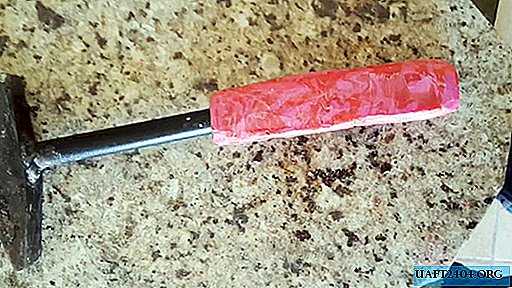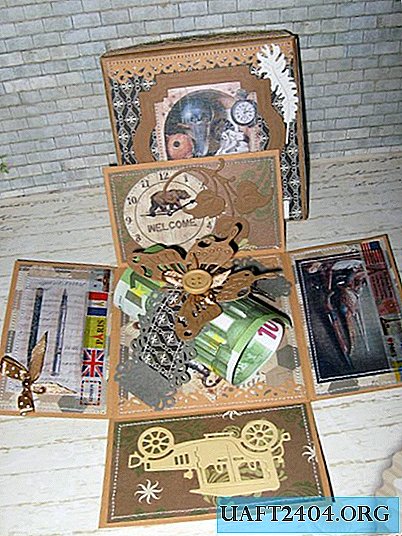Share
Pin
Tweet
Send
Share
Send
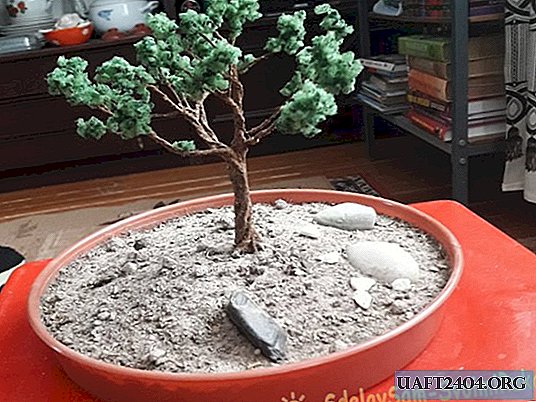
Without practical skills, the plant will simply be constantly sick, and lose foxes. After all, caring for bonsai, in the homeland of these plants, in Southeast Asia, is a whole doctrine, and even a way of life. I have already seen this, with friends - like everything was done right. Maintained the desired temperature, trimmed, fed with special fertilizers for this species, and even bought a small steam humidifier specifically for him, but the tree was constantly sick, bald and stunted. Clear business, about any blossoming and speech could not go. I think that, unfortunately, these beautiful plants are simply not physically capable of fully growing and pleasing to the eye in our northern latitudes, where I live. Therefore, I decided not to throw a lot of money into the wind, but to try to do something similar, only inanimate. Artificial. Which is not so demanding and capricious. After watching several small videos about these trees on the Internet and studying them visually, I got down to business.
Will need
- Wire (1mm thick and 2 meters long).
- PVA glue.
- Tobacco dust.
- Foam sponge.
- Watercolor paints or gouache.
- A vessel with low sides.
- Sand or land.
- Universal glue (you can "Moment").
Tool Needed:
- Pliers (2 pieces).
- Nippers or scissors (for cutting wire).
- Third hand from soldering kit.
- Glue brush
Making Bonsai Tree
First, prepare the wire.

It is better, if possible, to straighten it, so that it is more convenient to fold it in the future. And we will add it based on the desired growth of the tree. For example, I chose 15 cm. We measure 15 cm from the beginning of the wire, and bend it 180 degrees. We continue to bend so until the wire ends. It turns out like this:

Now we clamp one end of the coil with pliers, and with the second pliers we take the other end of the coil, and twist the coil into a bundle.

Not too tight. So that you can branch two or three veins into separate branches. First, we branch to the middle the thickest branches - three to four veins of wire.

We twist them so that they do not fall apart.

We bite off the bent ends from their tops, and divide the resulting branches into several separate branches along the entire length.


In general, we improvise, attach to this wire harness any shape of a tree you like. You can give the shape of a slender pine, or sprawling maple.

With the branches finished, now let's take care of the roots. There, in principle, everything is exactly the same, only the branches are much shorter. You should get something like this:

The "skeleton" of the tree we received, now it is necessary to cover it with "bark" and "leaves". To simulate the bark, I used tobacco dust, which I have had since the summer, after fighting the garden aphid. It is also sold in any hardware store. You will also need PVA glue.

Brush glue on the entire surface of the future tree, and immediately sprinkle it with tobacco dust.

Once, of course, is not enough. After drying the glue (20-30 minutes), repeat the procedure 3-4 times. Until all the visible wire on the entire surface of the trunk and branches disappears under the bark. We put it closer to the heating radiator (where it is warmer), and leave it to dry until the next morning. In the meantime, the tree dries, you can do the foliage. To do this, you need to finely (as small as possible!) Tear a foam sponge.

Do not cut with scissors, namely, tear it into small pieces so that the shape of the pieces is involuntary and varied. The more magnificent you want the crown of a tree, the more you need to pick up sponges. Pour the torn pieces into a bowl, or a small bowl, dilute from a watercolor, or gouache, a thick green concentrate (about a tablespoon), pour it into a bowl with a torn sponge and mix thoroughly with a stick, spoon, or hands.

When the sponge is evenly colored, pour it onto some clean surface and, also, leave it to dry until morning.

Now it’s the turn of the dishes in which the tree will “grow”. It is advisable if it is a round or oval container with low sides. We pour earth into it, moisten it, form a bulge in the middle, such as a hill.

Pour over all this matter from above 3-4 tbsp. tablespoons of PVA glue and spread it all over the ground so that in the future the mound does not donkey and does not lose shape. Sprinkle dry sand on top (you can mix with chopped dry leaves), and also put in a warm place until the morning.


In the morning we check the tree so that there is no bare wire left on it.

If everything is fine, we try it on the finished dishes with the ground and mark the sticking out roots where it will be in the future.


Then everything is simple - we coat the tops of the branches (1.5-2 cm) with universal glue, and stick around the places covered with glue, with colored crushed sponges.



We wait 10-15 minutes until the glue sets, and set the tree in the marked place. That’s probably all. In a couple of days, the earth coated with glue will turn into a crust, and tightly grab the roots of the tree. You can optionally put several stones under the tree (or near it).

In my opinion, the work done is worth the effort and time spent - from the side the tree looks very lively and natural. You can distinguish it from the present only upon closer examination. In general, the daughter got what she wanted, and I avoided the waste, and the hassle of caring for the capricious living tree.

Watch the video
Share
Pin
Tweet
Send
Share
Send


